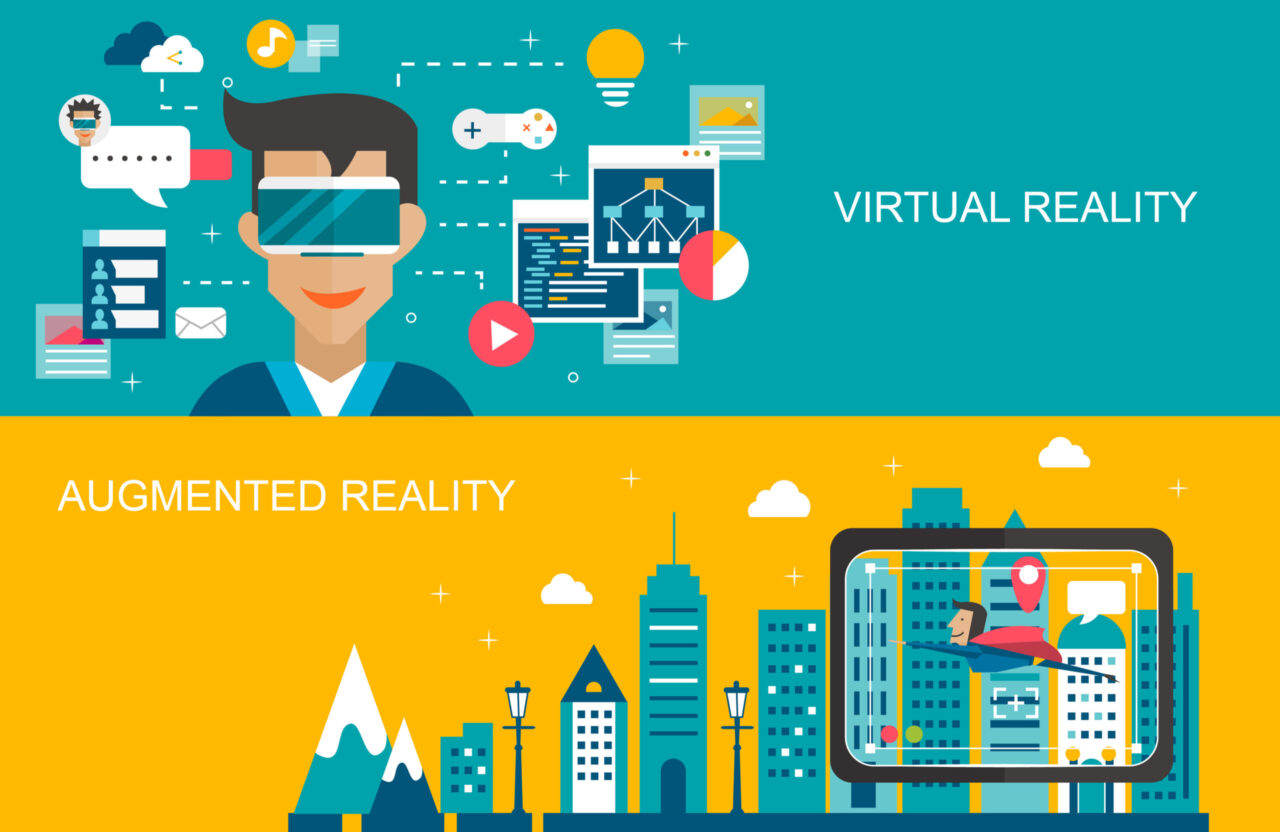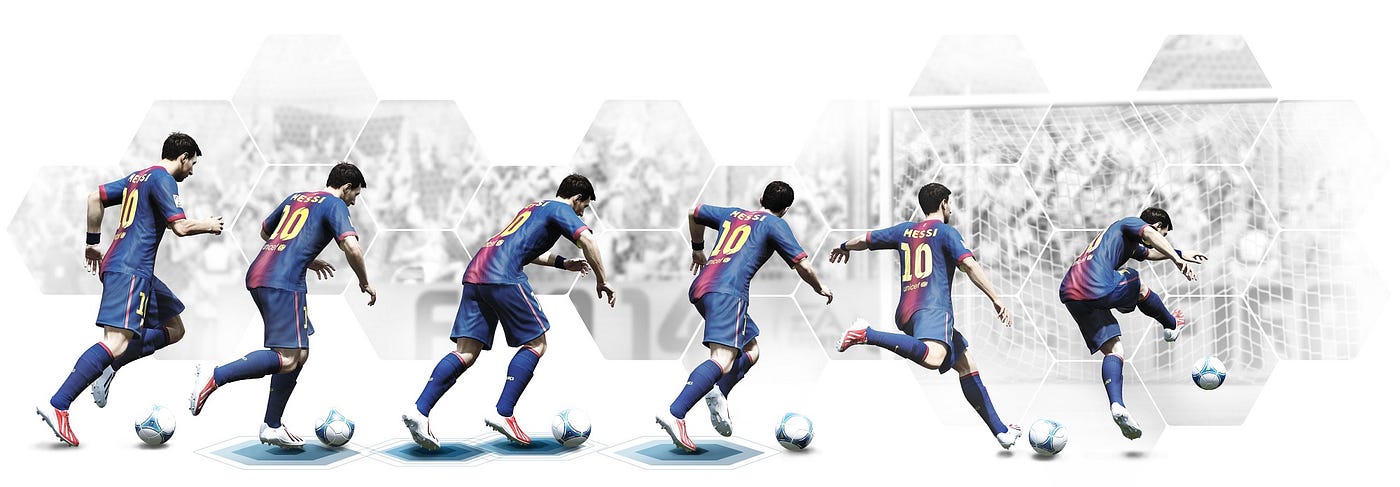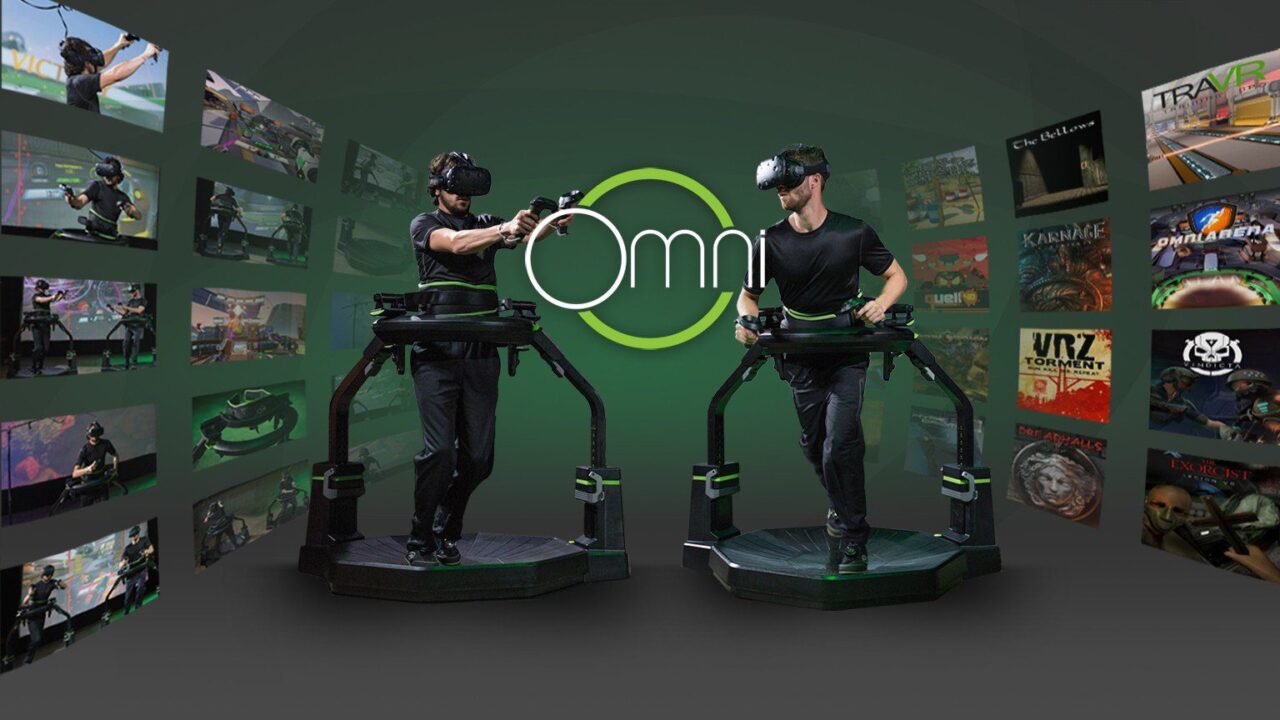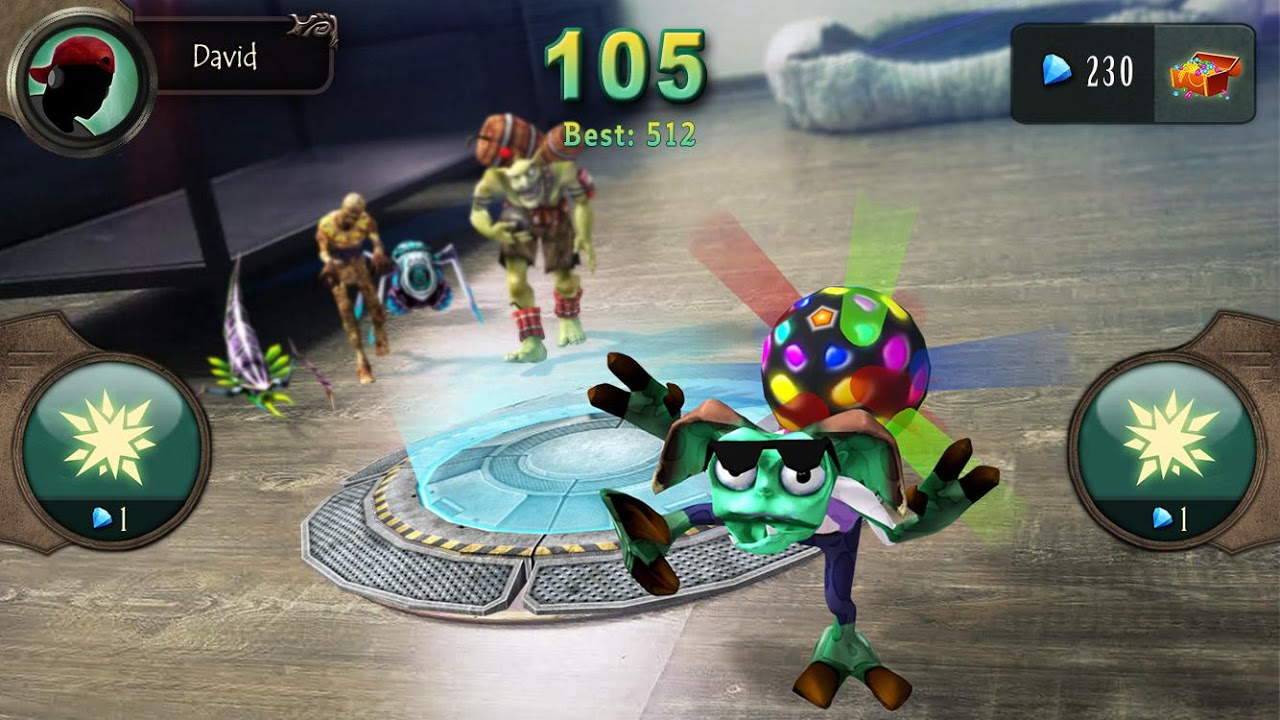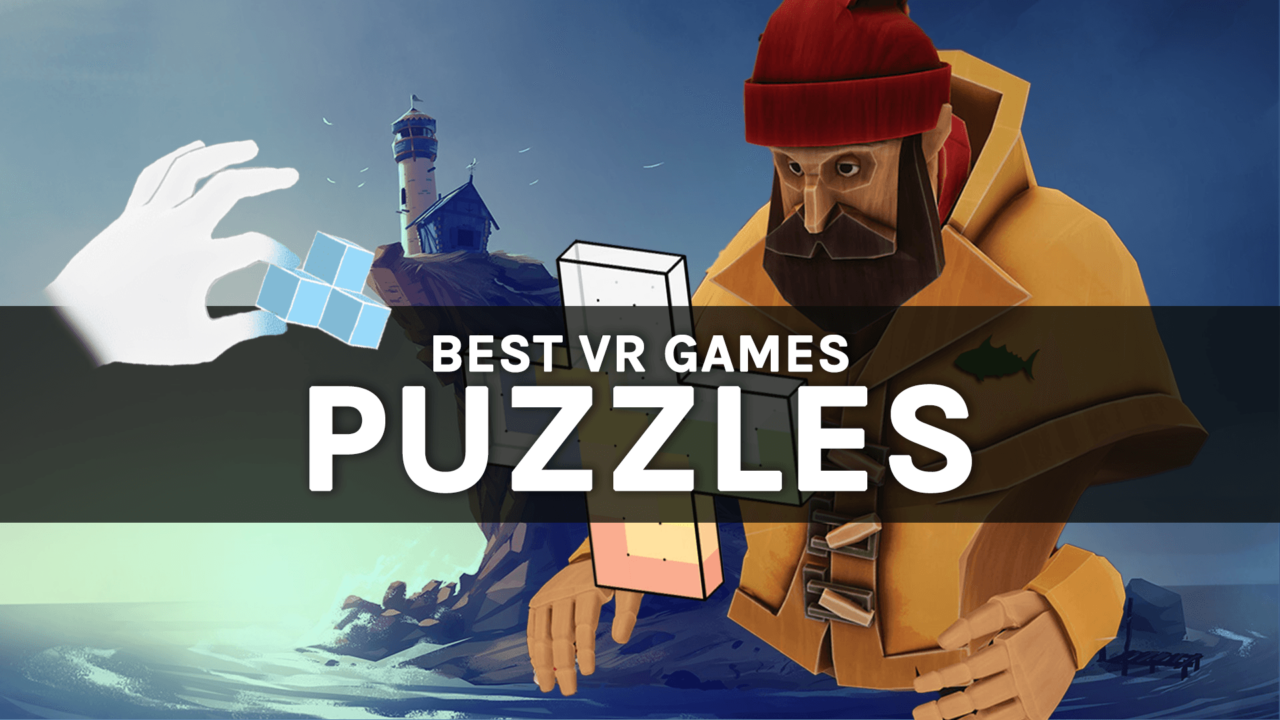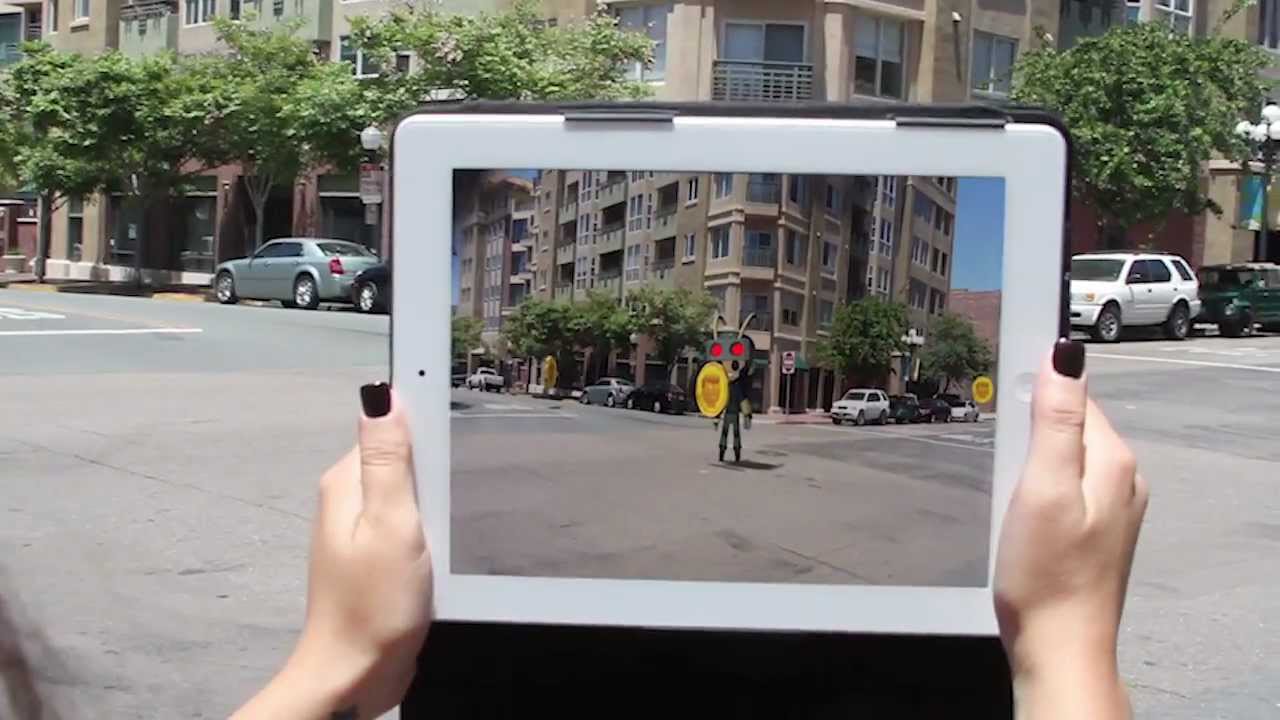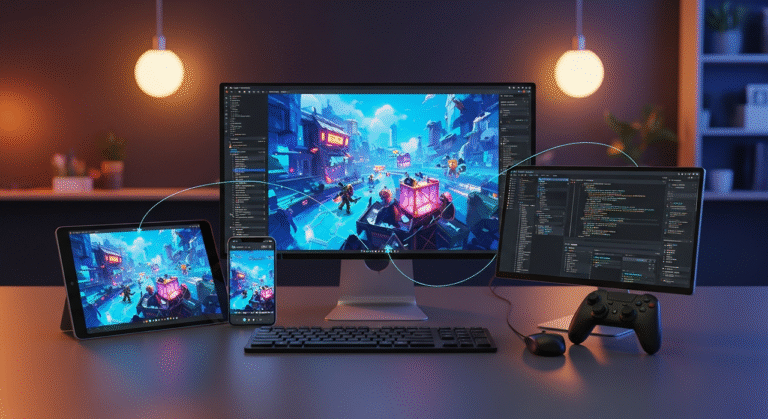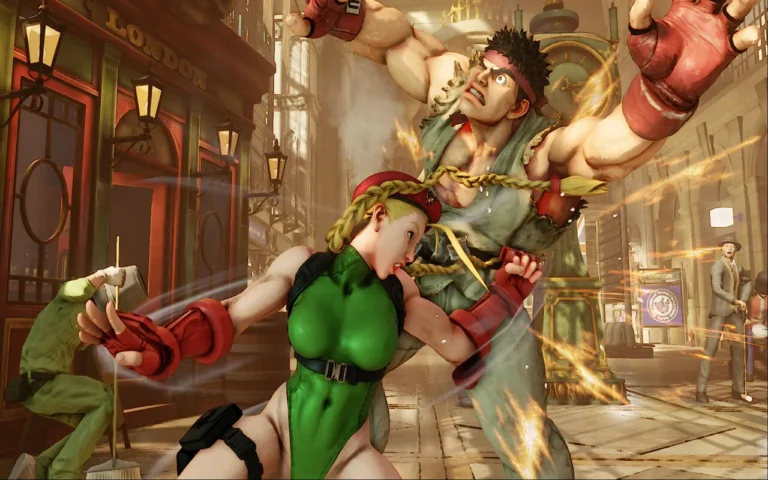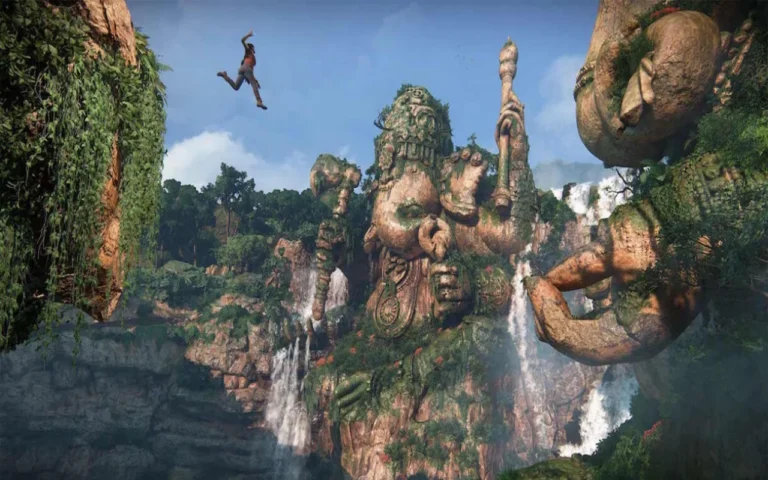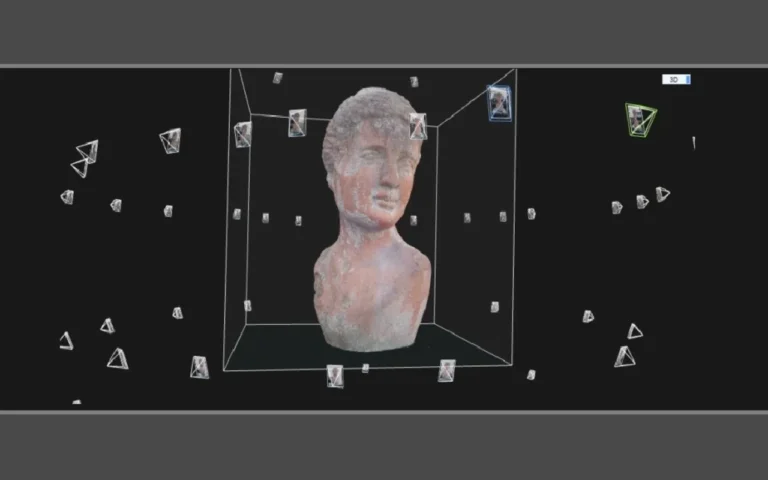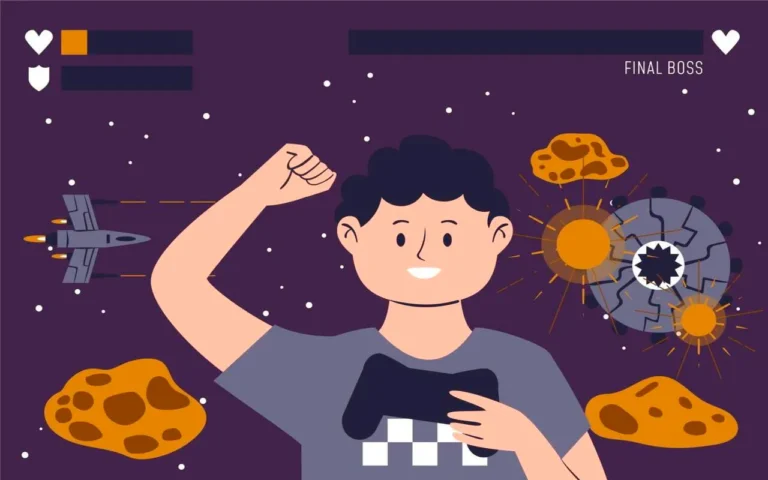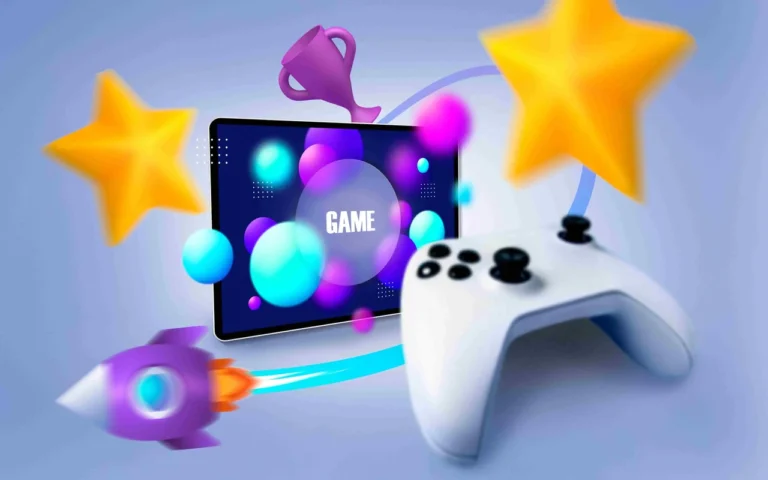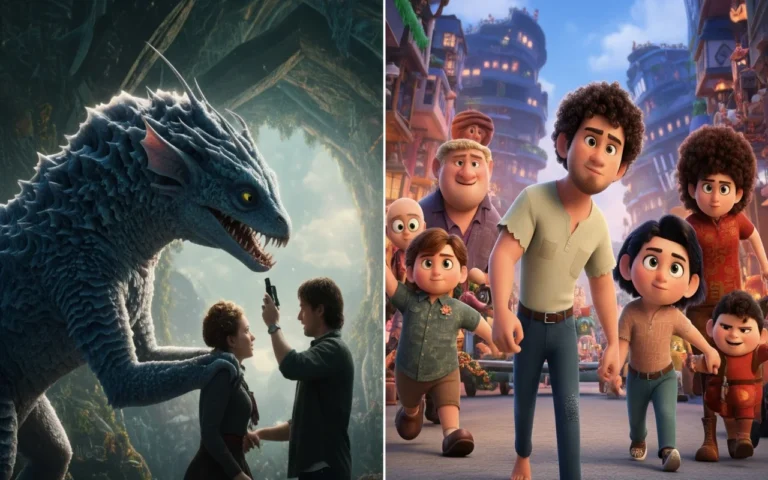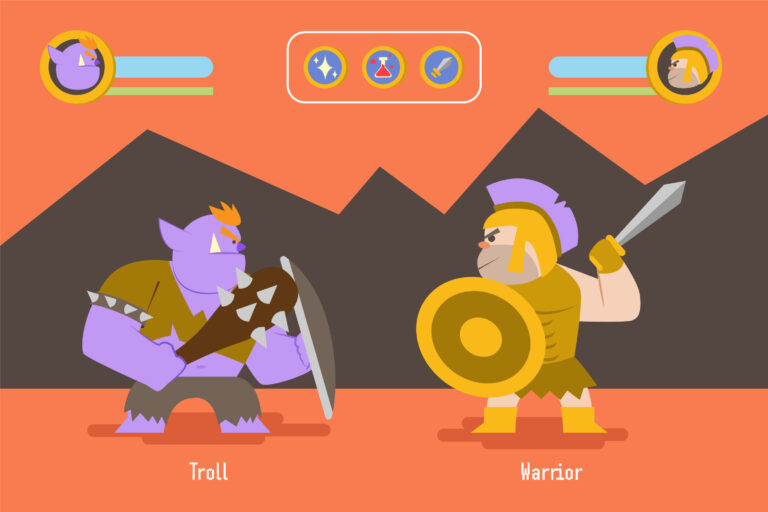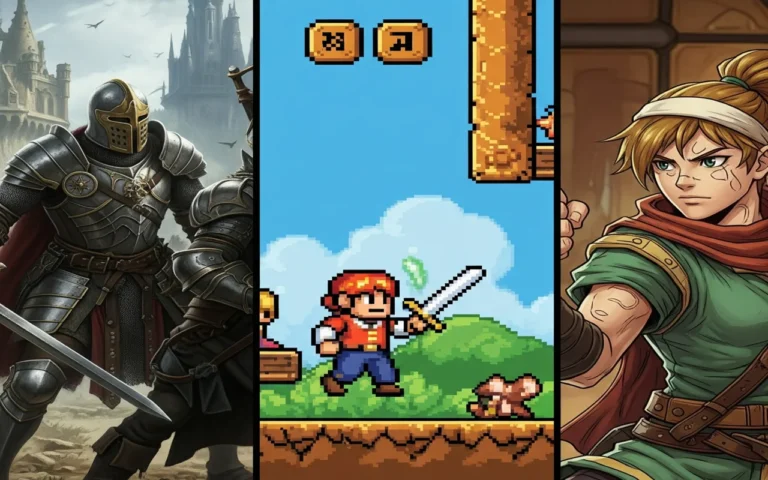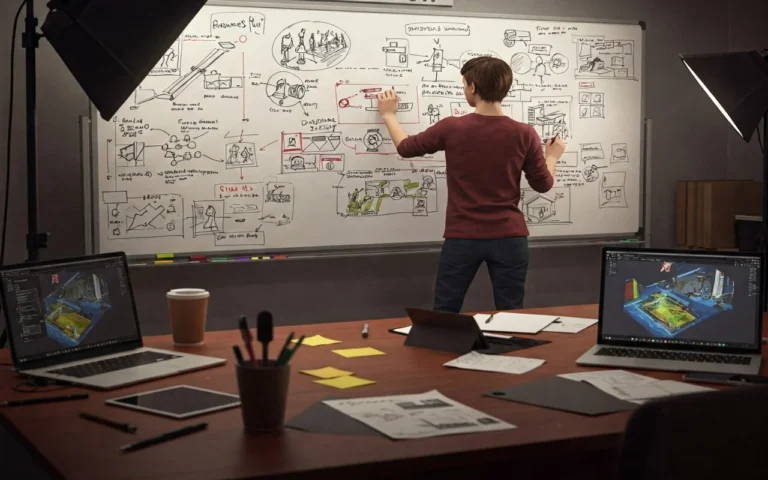Gaming is always changing and looking for new ways to amaze players. Two big new ideas are Augmented Reality (AR) and Virtual Reality (VR). They help make games feel more real and fun. Animators and companies offering game art services love these tools because they make their creations come alive in exciting ways.
In this article, we’ll talk about how AR and VR are making games better. We’ll explain what they are, how they help animators, and what games are using them well. There are some problems when using these new tools, but they’re really powerful for making new and awesome gaming experiences.
If you make games or love animations, learning about AR and VR is a great idea. They could change the way we play games and make things feel even more real and amazing!


Need Game Art Services?
Visit our Game Art Service page to see how we can help bring your ideas to life!
Understanding AR and VR
First let’s take a moment to fully understand what makes Augmented Reality (AR) and Virtual Reality (VR) different from each other. They’re both important tools for those active in the game industry and for the players!
Both technologies offer exciting ways to change how we play games and experience new worlds. Each has special features that help game creators design new kinds of fun for us to enjoy.
1. What is Augmented Reality (AR)?
AR is a cool way to play games! It adds computer-generated visuals to the real world around us. Games that use AR let you do things like finding virtual creatures outside or playing games on your table.
AR needs special devices like smartphones, tablets, and emerging AR glasses with cameras and sensors. They help the game know what’s around you. Then, you get to see and interact with the animated characters, objects, and fun stuff. AR makes games feel more real by mixing the virtual world with the real one.
Remember those really popular games where you search for virtual creatures outside? Or games that put game pieces on your table? That’s the cool power of AR! These games make our neighborhoods and homes part of the fun. They make games feel more real by adding computer-made things to the world around us. AR games are so much fun because they bring games closer to our everyday lives!
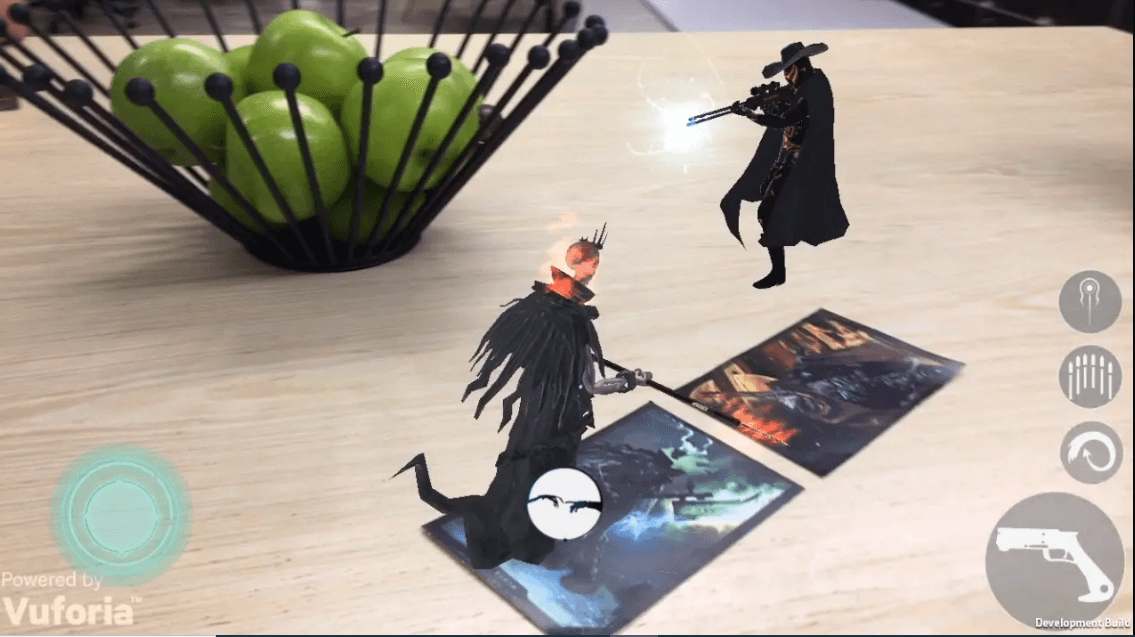
2. What is Virtual Reality (VR)?
VR games are like magic! You put on a special headset and boom! You’re in a whole new world. It’s like being inside a game. You can see, hear, and move around just like you’re really there.
Game developers love Virtual Reality because it lets them create exciting and somehow real adventures for players. You can explore magical places, join big battles, and do lots of more fun stuff. VR games use headphones for sound and controllers that feel real in your hands with haptic feedback.
VR games make old games better and help game makers think of new ideas too. They’re so much fun because you feel like you’re living inside the game!
Read More: The Future of Virtual Reality Gaming
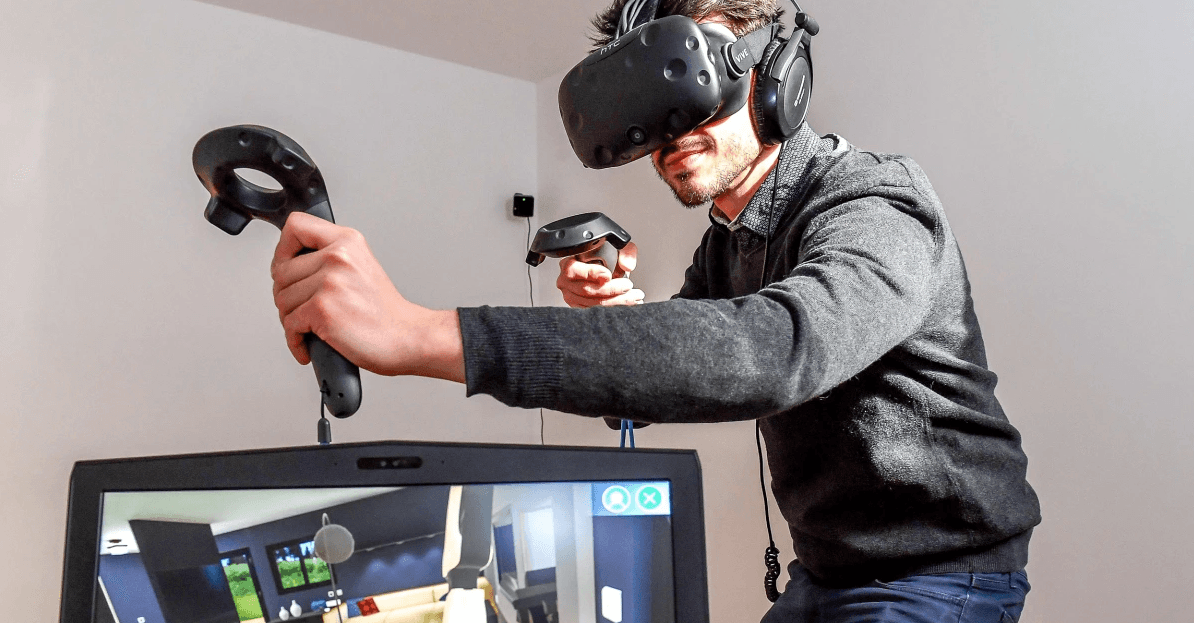
The Animation Process in AR and VR
Now let’s delve into the animation process! Integrating animation into AR and VR games requires a tailored approach, building upon traditional game development workflows while embracing the unique demands of these immersive platforms.
Pre-Production
The pre-production phase for AR and VR games with animated elements is almost similar to traditional game development, but has a greater emphasis on spatial design and player interaction.
For VR games, it’s important to think about the whole 360-degree world because players can look and move all around. Game makers and animators work closely to imagine how the game will work in this VR world or how animations fit in the real world for AR. For AR, designers think about how to connect the virtual world with the real world so that everything makes sense and is easier to interact with.
Storyboarding evolves to include visualizing player movement and potential interactions within the immersive space. Prototyping in 3D, often using early animation tests, becomes crucial for evaluating the feel and flow of gameplay and ensuring comfortable and intuitive player experiences.
Asset Creation
Creating assets for AR and VR games demands a strong focus on 3D modeling process and animation. All parts of the game, like characters, objects, and places, need to be made and animated in 3D so they look real from every angle. High-fidelity 3D models with lots of details help make the game feel more real.
Making games work well is very important. Game makers need to make sure the game looks good and works smoothly on different AR/VR devices. This is called optimization and helps players enjoy the game without any problems. This requires efficient modeling techniques, optimized animation rigging, and careful management of polygon counts and texture resolutions. Animators need to consider performance budgets from the outset of asset creation.
Read More: What Are the Top 3D Modeling Techniques?
Animation Techniques
Animating for AR and VR games is different because players can move around and see things from any angle. So, the animations need to look good and real from any view.
In regular games, animation and game camera setup are interlinked, but in AR/VR games, they need to be player-controlled and feel real.
There are some important tools animators use to make animations look real:
- Inverse kinematics (IK) helps make arm and leg movements look real.
- Motion Capture records real-life movements and uses them for characters.
- Physically Based animation helps make things move and interact like in real life.

- Physically-based Animation
Furthermore, interactive animations that respond to user input are a key aspect of AR and VR experiences, requiring animators to design dynamic and reactive movements.
Integration and Development
Making AR and VR games requires special tools like game engines (Unity and Unreal Engine), 3D modeling software, and software (SDKs) for different AR/VR devices. Game developers and animators work together to add 3D models and animations to the game, create fun gameplay, and make sure the game runs well with real-time rendering. They use coding and visual tools to tell characters how to act and make animations happen when the player does something in the game. All this helps create an amazing and real feeling for the player.
To make AR/VR games feel smooth and fun, game developers must work hard on animations, collisions, and physics. This makes the game feel more real when everything is shown quickly with real-time rendering.
Testing User Experience
Testing AR and VR games carefully is very important. We need to make sure players are comfy and can easily play. Testers check the whole user experience. They look for things that might make players sick, confused, or have trouble with the controls. It’s important to get feedback on how good the game looks (animations), how fast things react when you touch them, and how real the game feels. Game design psychology also plays a key role in understanding how players respond emotionally and mentally to these elements.
This helps make the game better bit by bit. When people playtest, we watch how they naturally move and play in the game world. This tells us a lot about how to make the game work better and how to make the animations better so the game feels real and is fun to play.

Applications of AR and VR in Games
AR and VR technologies are helping game developers come up with totally new and exciting ways to play all sorts of games in different genres:
- Immersive Narrative Games (VR): Creating art for VR games allows studios to have deeply engaging story-driven games where players feel truly present within the narrative, interacting with animated characters and influencing the plot in meaningful ways.

VR Immersive - Interactive Combat and Action Games (AR/VR): VR provides unparalleled immersion for first-person shooters and action games, with players physically aiming, dodging, and interacting with animated enemies and environments. AR can overlay engaging combat scenarios onto the player’s real-world surroundings.

Action AR - Puzzle and Exploration Games (AR/VR): VR offers unique opportunities for intricate 3D puzzle design and immersive exploration of richly animated virtual worlds. AR can bring puzzle elements and hidden objects into the player’s physical space.

Puzzle VR - Location-Based Games (AR): AR games that leverage the player’s real-world location to drive gameplay, featuring animated characters and objectives tied to specific places, have proven to be highly engaging.

Location-based VR - Educational and Simulation Games (AR/VR): AR and VR can transform learning by allowing players to interact with animated 3D models of complex systems or practice real-world skills in safe, virtual environments.

VR in Education
Benefits of AR and VR for Game Studios
Integrating AR and VR into game development offers numerous advantages for studios:
- Feeling Like You’re Actually IN the Game: AR and VR provide a level of immersion that traditional screen-based gaming cannot replicate, leading to more captivating and memorable player experiences.
- Diverse Gameplay Mechanics: These technologies enable entirely new forms of interaction and gameplay, opening up creative possibilities beyond traditional control schemes.
- Opportunities for Innovation and Differentiation: Embracing AR and VR allows studios to stand out in a competitive market by offering unique and cutting-edge gaming experiences.
- Expanding Target Audiences: AR, particularly on mobile, can reach a broad audience, while VR caters to players seeking high-fidelity immersive experiences.
Challenges in Developing AR and VR Games with Animation
Despite the exciting potential, game studios face several challenges when developing AR and VR titles with significant animated content:
- High Technical Demands: AR and VR game development requires specialized expertise in 3D modeling, animation optimization for real-time rendering, and platform-specific SDKs.
- Performance Optimization: Achieving smooth frame rates and responsive gameplay in immersive environments with complex animations can be technically demanding.
- Designing Intuitive User Interfaces and Interactions: Creating comfortable and natural control schemes in VR and seamless interactions in AR requires careful consideration of UX principles for immersive platforms.
- Mitigating Motion Sickness in VR: Poorly designed VR movement or visual effects can lead to motion sickness, requiring studios to implement best practices for player comfort.
- Increased Content Creation Costs: Developing high-quality 3D assets and animations for immersive games can be more time-consuming and resource-intensive than traditional 2D or even 3D screen-based games.
- Hardware Ecosystem Fragmentation: The diverse range of AR and VR devices, with varying capabilities and specifications, can complicate development and testing efforts.
Case Studies
Many game companies have used AR and VR animation to make really new and fun games:
Niantic (Pokémon GO)
Niantic has pioneered the location-based AR gaming genre with massive hits like Pokémon GO and Harry Potter: Wizards Unite. Creating art for AR games helps them put cartoon characters and things you can touch right on top of the real world. It mixes pretend and real in a cool way that lots of people love. The main thing you do in these games is look around in real places to find these cartoon things and play with them.
Valve (Half-Life: Alyx)
Made to be a really important VR game, Half-Life: Alyx shows how amazing VR games can be. It has super good-looking pictures and animations of the world around you, and it tells a good story. The game has characters that move in detail, things you can really play with, and places that feel like you’re actually there. It has become a new standard for VR game development.
These are just some examples of how game makers are using AR and VR animation in all sorts of cool and different ways to make games that are new and super fun to play, no matter what kind of games you like or what you play.
Conclusion
Okay, so AR and VR? They’re not just some fancy new toys anymore. They’re turning into a super important thing for games! If game developers get really good at making cool animations for these “you feel like you’re there” worlds, they can make games that totally wow us and think up all sorts of fun new ways to play.
Yeah, it might take some work to get it perfect, but because these games make you feel like you’re actually inside them, give you awesome new ways to have fun, and make you feel more like you’re part of the game, AR and VR are where it’s at for game developers who want to be creative and come up with the best, freshest ideas.
When you put animation together with AR and VR, it’s not just about the latest tech – it’s changing how games are made, how we play them, and how we really feel like we’re in the game in a way that’s way more exciting and real.
